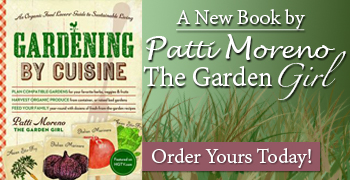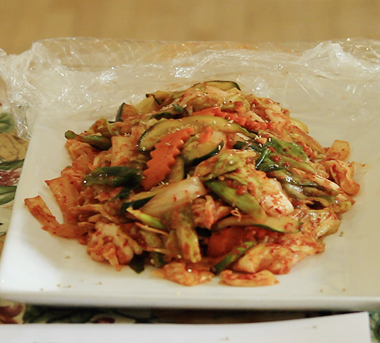How to Dehydrate Persimmons
Today I’m hanging out with persimmons! What are those? Persimmons are an unusual fruit that you don’t hear a lot about, but I’m here to tell you that most people don’t know what they’re missing. Today I am dehydrating persimmons because they are a delicious, healthy snack. Besides, I have a ton of `em. My two Persimmon trees are quite prolific. Watch carefully because while I’m at it, I’ll even throw in a lesson on how to use a dehydrator, which is something that every gardener should have. What else would you do with all of that extra fruits and vegetables? To maximize the food you can produce you need to know how to preserve your harvest. There are many different ways to preserve fruit. Dehydrating them is a great way to preserve your fruit.
I recommend that you shop for your dehydrator online, although it is possible that you can find one in your local kitchen goods store. They are available from $60 to over $200.00. Although that seems like another expense, it actually adds up to eliminating wasted fruit and vegetables that you would end up in the garbage.
Back to our persimmons…
Persimmons are classified as berry. There are two types, American and Asian. The American Persimmon trees can grow to be up to 25 feet tall. They ripen on the tree and they are usually about the size of a plum with differentiating shapes. Their gel-like consistency is similar to that of a fig. They are the ripest when they fall off of the tree in late fall. The best way to enjoy American Persimmons is to grow them in your backyard.
In this video, I’m working with Asian persimmons. They are actually larger than the American variety. When Asian persimmons are ripe they have the solid consistency of an apple. They are “astringent” which means they are not palatable before they are ripe. After harvesting it’s best to let them sit until they are somewhat soft when eating them fresh. I’ve found that the best way to eat Asian Persimmons is when they are dehydrated.
To work with your dehydrator is simple. You simply slice your persimmons like you would an apple in 1/4” slices. Then you lay them out uniformly on the drying sheet so they are not touching. Your dehydrator booklet will tell you the ideal temperature for the specific thing that you are dehydrating. For persimmons, I put them on 135 degrees and they will dry for 7-11 hours. I know that seems like a long time, but just think of it like it’s a slow cooker. When you get back from school or work, it’s done! I suggest that you make sure your dried fruits and vegetables have a leathery texture. That means they’re done. The dehydrator will be your best friend. It effortlessly turns ordinary fruits and vegetables into delicious nutritious, low-calorie snacks.
Thank you for joining me as I dried persimmons. They are like exotic fruit roll-ups, which is exactly why your kids will love them!












